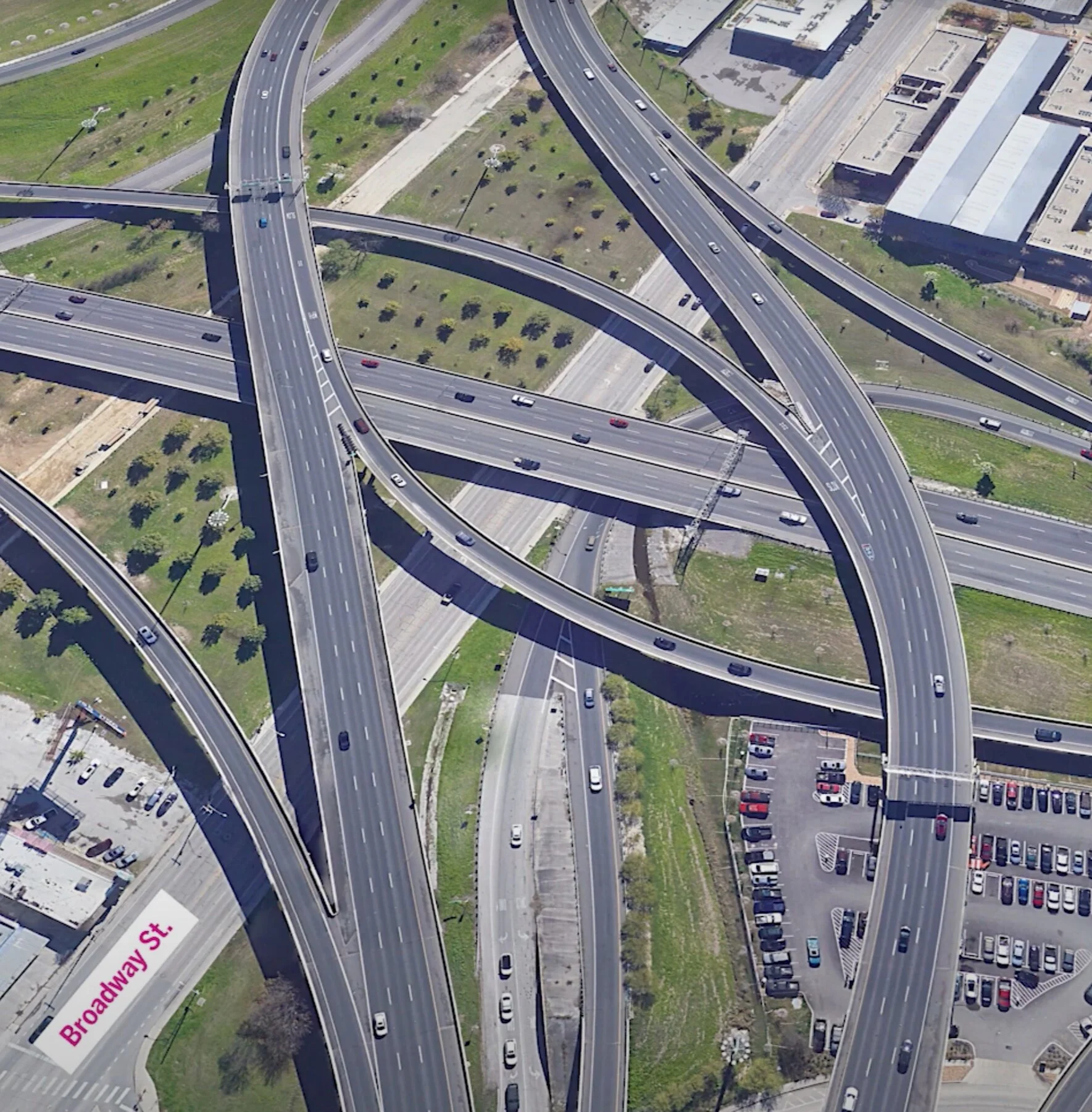Caine speaking at the Tobin Center for the Performing Arts on December 17, 2019.
Ian Caine delivered the final installment of the UTSA 50th Anniversary Scholars Speakers Series, undertaking a broad thought experiment titled What Would a Sustainable San Antonio Look Like?
“When it comes to climate change, cities like San Antonio are both the problem and the solution,” said Caine. “Cities cover less than 2% of the Earth’s surface, yet they produce 60% of the world’s carbon and greenhouse gas emissions. As we consider how San Antonio will respond to the climate crisis, we need to imagine what a sustainable city would look like, how it would work, and mostly importantly who it would serve.”
Click on the image (above left) for a link to the talk, which is posted on Youtube.com.





